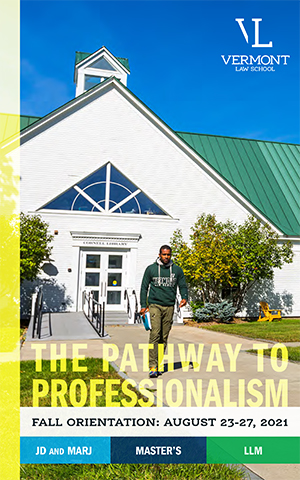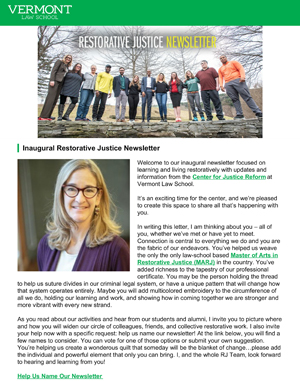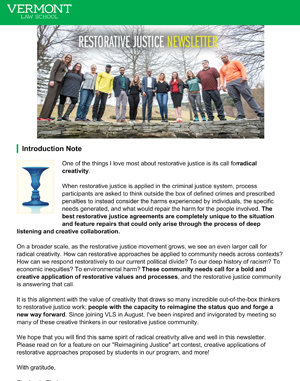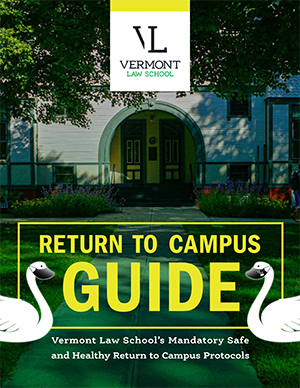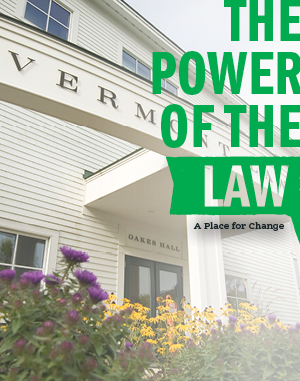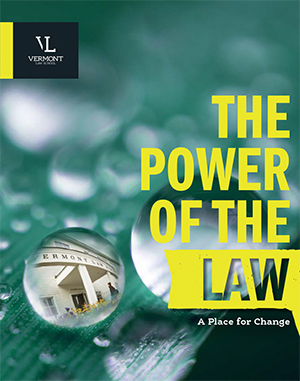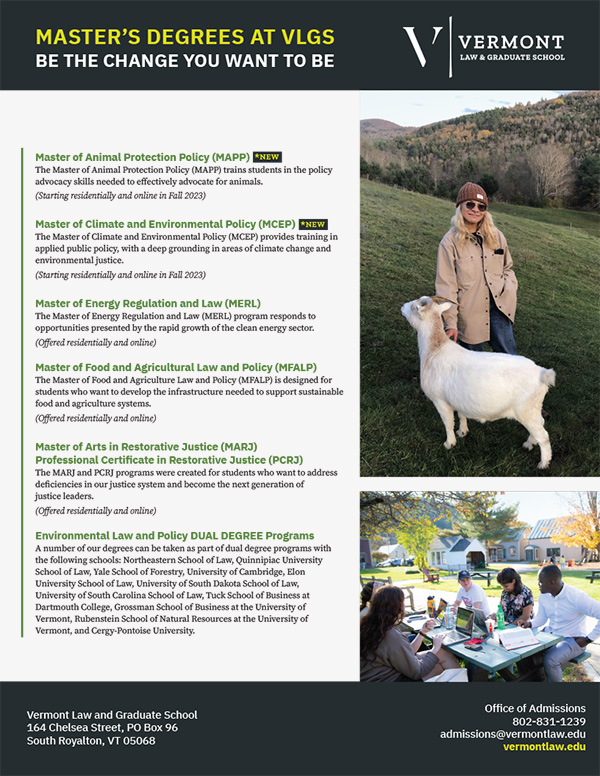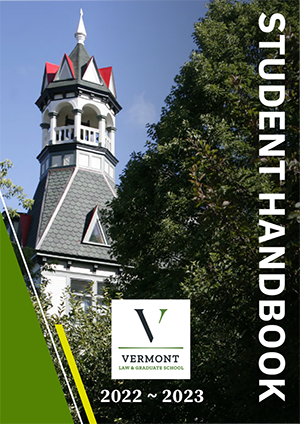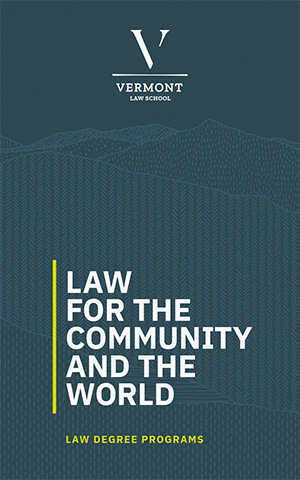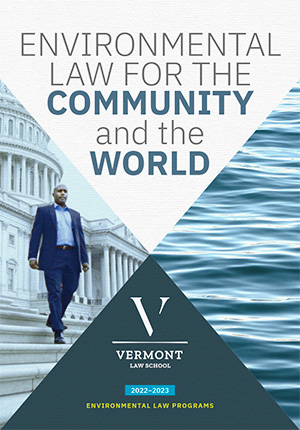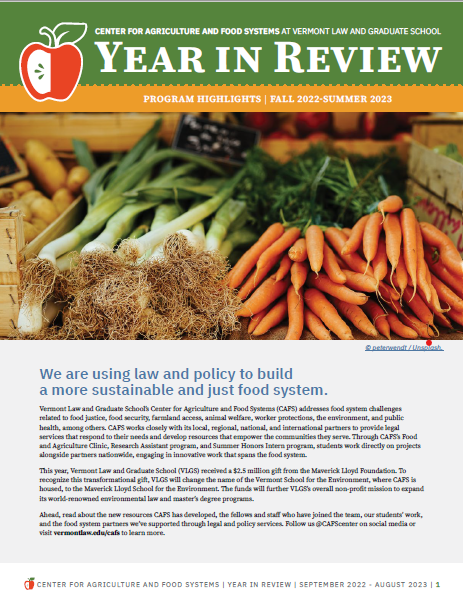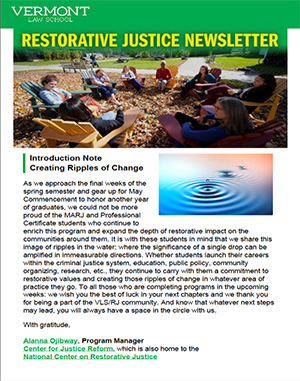Vermont Law and Graduate School (VLGS) announced the launch of a new website – Environmental Justice State by State (ejstatebystate.org). This online resource highlights the achievements of environmental justice communities in advancing law and policy at the state level. It features a comprehensive law library and database containing information about environmental justice laws, policies, mapping tools, and state-recognized definitions associated with environmental justice across all fifty states in the U.S. as well as its territories.
The Environmental Justice Clinic at VLGS has been working in collaboration with American University, Taproot Earth, Tishman Environment and Design Center at The New School, UC College of the Law San Francisco, University of Texas School of Law Austin Environmental Clinic, and Lone Star Legal Aid to design this site as a convenient, comprehensive tool to aid environmental justice law and policy community advocates, attorneys, academics, and policymakers. Funding for the project from the Cancer Free Economy Network, GRACE Communications Foundation, and The National Agricultural Library, Agricultural Research Service, U.S. Department of Agriculture allowed for the development and research of the website. The information was fact-checked by reviewing legislative databases and agency websites. In addition, students from the participating institutions contacted public officials in every state and the District of Columbia to vet information. “Student clinicians from VLGS and our partners painstakingly researched, compiled, and verified all the content on the site,” said Joe Anderson, clinic office manager of the Environmental Justice and Environmental Advocacy Clinics at VLGS.
“Ultimately, working on Environmental Justice State by State challenged me to develop the necessary skills needed to excel in my law school career: working collaboratively and partnering with various stakeholders, communicating effectively, and delivering efficient results,” said Christine Paul, who worked on the project as a student with the Environmental Justice Clinic at VLGS.
Inspired by the groundbreaking Environmental Justice for All survey published by Hastings College of Law and the American Bar Association in 2010, this project builds on that effort with even more data through the extensive research drawn from state legal databases, news articles, and reports.
The information collected for each state includes environmental justice advisories, environmental justice coordinators and/or coordinating agencies, environmental justice screening or mapping tools, civil rights protections, statutes or constitutional amendments establishing environmental rights, state-level analogs of the National Environmental Policy Act, language access policies, mandates for consultation with indigenous communities and tribal nations, environmental justice policies established by departments of transportation, executive orders, and other policies that directly address environmental justice.
The database is a fluid site reflecting laws "on the books” at various intervals that is searchable by state and territory, law type, category, and keywords. It is also accompanied by a directory of state and territory “snapshots”providing a narrative overview and additional information to provide the user with various options to help their research. “We chose a milkweed seed pod for our logo because, just as the fluffy seeds of the milkweed plant blow far on the wind, we hope the information that our site makes available can be widely distributed and consumed, supporting environmental justice efforts at the local, state, and federal levels,” explained Anderson.



